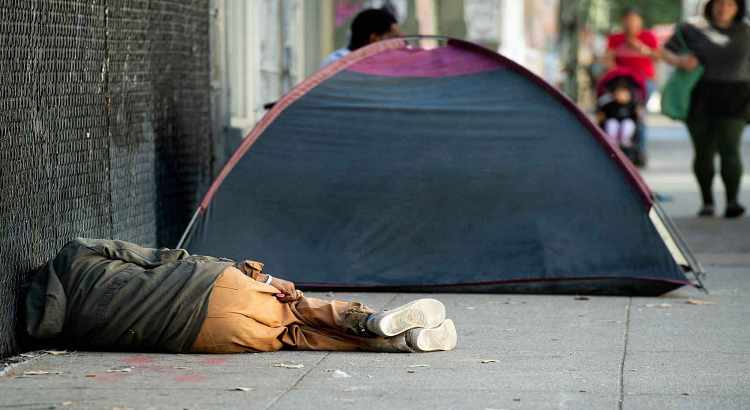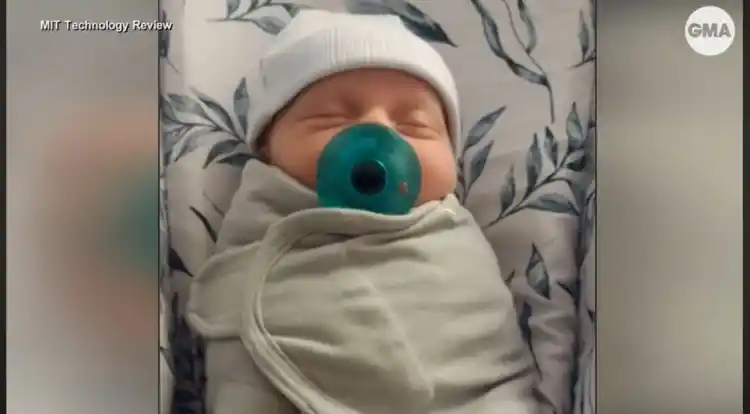*Trump order pushes forcible hospitalization of homeless people.*

President Trump’s new executive order to combat homelessness encourages local governments to revive civil commitment, a process to place people with mental health issues in treatment facilities without their consent.

Why it matters: Involuntary civil commitment has historically been used as a preventative method to confine people before they harm themselves or others, and most frequently affects vulnerable groups such as LGBTQ+, people of color and people with disabilities, according to several studies.
Context: The order Trump signed Thursday calls for shifting homeless individuals into “long-term” institutions for “humane treatment” which the administration says will “restore public order.”

The order directs officials to determine if federal resources can be used to ensure that those “with serious mental illness” are not released back into the public solely because government facilities lack enough beds to hold them.
The order also requires the Justice Department to evaluate homeless people arrested for federal crimes to determine if they are “sexually dangerous persons.”
The other side: Critics say the order won’t help people afford homes and that previous attempts at mass institutionalization frequently violated Fourteenth Amendment due process rights.
“These executive orders ignore decades of evidence-based housing and support services in practice,” Donald Whitehead, Jr., executive director of the National Coalition for the Homeless, said in a statement.
He added that the orders “represent a punitive approach that has consistently failed to resolve homelessness and instead exacerbates the challenges faced by vulnerable individuals.”
Here’s what you need to know about Trump’s new executive order:
What is civil commitment?
Involuntary civil commitment is the process in which a judge, or someone else acting in judicial capacity, orders a person be admitted to a psychiatric hospital or a supervised outpatient treatment facility without their consent.
The specific criteria that a person needs to exhibit to be confined varies in every state, but the guidelines usually mention those with mental illness, developmental disabilities and substance abuse issues that pose a danger to themselves or others.
Modern day commitment proceedings have to follow due process laws under state and federal law.
How was civil commitment previously used?
Before the late 1960’s, people with mental health issues were often thrown into jails for vagrancy alongside criminals, according to the Substance Abuse and Mental Health Services Administration.
The standards that states had to follow to commit someone had little legal oversight.
Since then, there’s been a push to orient facilities towards mental health treatment rather than incarceration.
More than 500,000 people were committed to mental health treatment facilities in the 1950s, according to a 2010 study. That number fell to 30,000 by the 1990s with a shift in focus on treatment.
The Supreme Court has also stepped in to define the boundaries of civil commitment.
In a case out of Florida in 1975, the court ruled that an individual must pose a danger to themselves or others to be held against their will.
The court ruled in a separate case in 1979 that a “clear and convincing” standard of proof is necessary for involuntary civil commitment.
Who was most likely to be affected by civil commitment?
The American Psychiatric Association classified “homosexuality” as a mental disorder until 1973, making it easy for states to send LGBTQ+ people to institutions because of their sexuality.
Having a “mental abnormality” is typically a requirement for admission to a facility, according to the Prison Policy Initiative, which researches the effects of mass incarceration.
The group argues that having a definition that broad would imply that all people who are civilly committed are disabled, which made it hard to accurately determine the number of disabled people in the population studied.
Patients of color are more likely than white patients to be committed to involuntary psychiatric hospitalization, according to a 2022 report from the American Psychiatric Association.
Black patients and those who identified as multiracial were still more vulnerable even after factoring confounding variables.
![]()












Leave a Reply